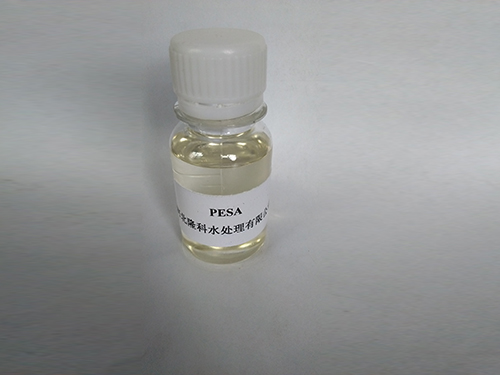coagulation and flocculation
Coagulation and Flocculation Key Processes in Water Treatment
Coagulation and flocculation are essential processes in water treatment used to remove suspended particles, colloids, and impurities from water, ensuring it is safe for consumption and use. These techniques are employed in various settings, from municipal water treatment plants to industrial wastewater treatment facilities, playing a crucial role in maintaining water quality.
The Principles of Coagulation
Coagulation is the first step in the process, involving the addition of chemical coagulants to the water. These coagulants, such as alum (aluminum sulfate), ferric chloride, or polyaluminum chloride, work by neutralizing the electric charges on suspended particles, which typically repel each other due to their similar charges. When the charges are neutralized, these particles can then come together, or agglomerate, forming larger particles known as flocs.
The coagulation process often requires careful control of pH and chemical dosage. The pH of the water influences the solubility of the coagulant and therefore its effectiveness. An optimal pH is crucial for maximizing the coagulation reaction. Additionally, the coagulant dosage needs to be calculated based on the turbidity of the water and the characteristics of the pollutants present.
The Flocculation Process
Following coagulation, flocculation takes place. This stage involves the gentle mixing of the water to promote the growth of flocs. As the small coagulated particles collide, they stick together, forming larger aggregates. This process typically involves the use of slow mixers or stirring devices designed to minimize turbulence, preventing the larger flocs from breaking apart.
Flocculation can be influenced by several factors, including mixing speed, time, and temperature. The efficiency of this process is vital, as larger flocs are easier to remove from the water during the subsequent sedimentation or filtration processes. The goal is to create flocs that are big enough to settle out of the water but not so large that they are difficult to remove.
coagulation and flocculation

Sedimentation and Filtration
Once flocculation is complete, the water moves to the sedimentation stage, where gravity plays a significant role. The larger flocs settle to the bottom of a sedimentation tank, allowing clear water to be drawn off the top. This sedimentation process can significantly reduce the turbidity of the water, with some removal efficiencies exceeding 90%.
Following sedimentation, the remaining water may undergo filtration to remove any smaller particles that did not settle out. This step is typically done using sand filters, activated carbon filters, or membrane processes, ensuring that the water meets safety standards before it is treated with disinfectants like chlorine or UV light.
Importance of Coagulation and Flocculation
The significance of coagulation and flocculation in water treatment cannot be overstated. These processes contribute to the overall reduction of contaminants, including pathogens, organic matter, and heavy metals, resulting in safer drinking water. Moreover, effective coagulation and flocculation improve the efficiency of subsequent treatment steps, leading to lower operational costs and better removal rates.
Furthermore, as concerns about water quality continue to rise globally, advances in coagulation and flocculation technologies are essential. Emerging trends include the development of new coagulants that are more effective and environmentally friendly, as well as the integration of these processes with advanced treatment technologies, such as biological filtration and electrocoagulation.
Conclusion
In summary, coagulation and flocculation are vital processes in the treatment of water and wastewater. By understanding and optimizing these processes, water treatment facilities can enhance the quality of water supplied to communities, safeguard public health, and meet regulatory compliance. As technology evolves, so too will the methods of coagulation and flocculation, ensuring that they remain effective and sustainable solutions in the ongoing effort to provide safe drinking water.
-
Pbtc Scale InhibitorPBTC: A Scale Protector for Industrial Water TreatmentNewsAug.05,2025
-
Organic Phosphonate: An Efficient Defender in the Field of Scale InhibitionNewsAug.05,2025
-
Hydrolyzed Polymaleic Anhydride: Green Pioneer in Scale Inhibition FieldNewsAug.05,2025
-
PAPEMP Polyamino Polyether Methylene Phosphonic Acid For SaleNewsAug.05,2025
-
Flocculant Water Treatment: A Pioneer in Purification in the Field of Water TreatmentNewsAug.05,2025
-
Benzyl Isothiazolinone: An Efficient and Broad-Spectrum Antibacterial Protective GuardNewsAug.05,2025





